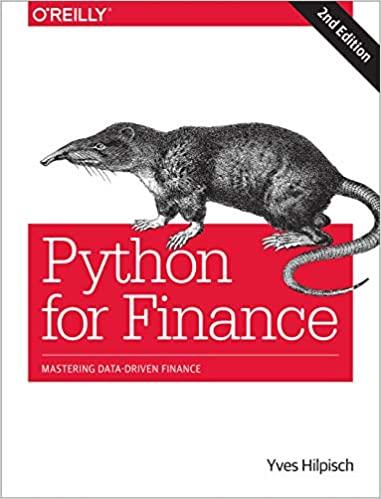

Billingham Packaging is considering expanding its production capacity by purchasing a new machine, the XC-750. The cost of the XC-750 is $2.75 million. Unfortunately, installing this machine will take several months and will partially disrupt production. The firm has just completed a $50,000 feasibility study to analyze the decision to buy the XC-750, resulting in the following estimates: Marketing: Once the XC-750 is operating next year, the extra capacity is expected to generate $10 million per year in additional sales, which will continue for the ten-year life of the machine. Operations: The disruption caused by the installation will decrease sales by $5 million this year. As with Billingham's existing products, the cost of goods for the products produced by the XC-750 is expected to be 70% of their sale price. The increased production will also require increased inventory on hand of $1 million during the life of the project. Human Resources: The expansion will require additional sales and administrative personnel at a cost of $2 million per year. Accounting: The XC-750 will be depreciated via the straight-line method in years 1-10. Receivables are expected to be 15% of revenues and payables to be 10% of the cost of goods sold. Billingham's marginal corporate tax rate is 35%. Cost of Capital: Billingham Packaging believes that the new project has the same cost of capital as its current assets. Currently, Billingham Packaging is all- equity financed. Its equity beta is 1.4. The risk-free rate is 3%, and the market risk premium is 5%. a. Determine the incremental earnings from the purchase of the XC-750. b. Determine the free cash flow from the purchase of the XC-750. c. Compute the NPV of the expansion project. Tax rate Cost of goods as a % of sales First year sales value 35.00% 70.00% 10,000.00 Note: Keep all numbers in '000s Year Sales revenues Cost of goods sold S, G & A expenses Depreciation EBIT Taxes at 35% a. Unlevered Net Income Depreciation Capital Expenditures Net Working Capital Calculation Receivables at 15% Payables at 10% Inventory Net Working Capital Increase in NWC b. Free cash flow (FCF) c. Cost of capital PV(FCF) NPV Billingham Packaging is considering expanding its production capacity by purchasing a new machine, the XC-750. The cost of the XC-750 is $2.75 million. Unfortunately, installing this machine will take several months and will partially disrupt production. The firm has just completed a $50,000 feasibility study to analyze the decision to buy the XC-750, resulting in the following estimates: Marketing: Once the XC-750 is operating next year, the extra capacity is expected to generate $10 million per year in additional sales, which will continue for the ten-year life of the machine. Operations: The disruption caused by the installation will decrease sales by $5 million this year. As with Billingham's existing products, the cost of goods for the products produced by the XC-750 is expected to be 70% of their sale price. The increased production will also require increased inventory on hand of $1 million during the life of the project. Human Resources: The expansion will require additional sales and administrative personnel at a cost of $2 million per year. Accounting: The XC-750 will be depreciated via the straight-line method in years 1-10. Receivables are expected to be 15% of revenues and payables to be 10% of the cost of goods sold. Billingham's marginal corporate tax rate is 35%. Cost of Capital: Billingham Packaging believes that the new project has the same cost of capital as its current assets. Currently, Billingham Packaging is all- equity financed. Its equity beta is 1.4. The risk-free rate is 3%, and the market risk premium is 5%. a. Determine the incremental earnings from the purchase of the XC-750. b. Determine the free cash flow from the purchase of the XC-750. c. Compute the NPV of the expansion project. Tax rate Cost of goods as a % of sales First year sales value 35.00% 70.00% 10,000.00 Note: Keep all numbers in '000s Year Sales revenues Cost of goods sold S, G & A expenses Depreciation EBIT Taxes at 35% a. Unlevered Net Income Depreciation Capital Expenditures Net Working Capital Calculation Receivables at 15% Payables at 10% Inventory Net Working Capital Increase in NWC b. Free cash flow (FCF) c. Cost of capital PV(FCF) NPV








